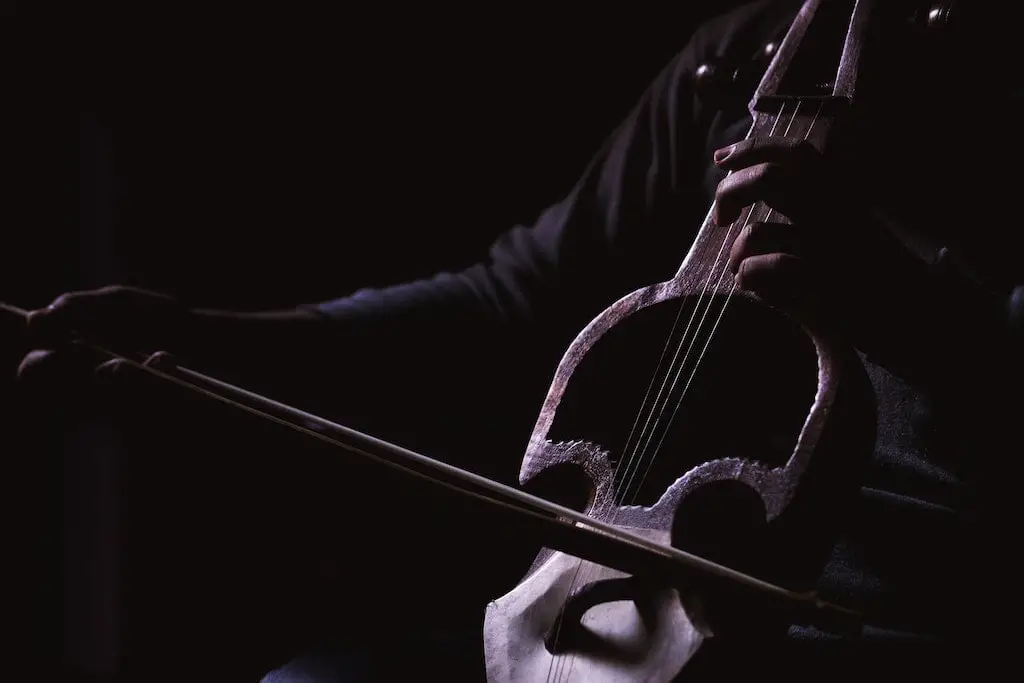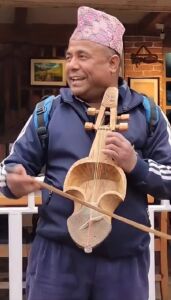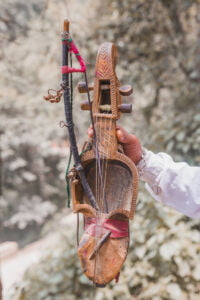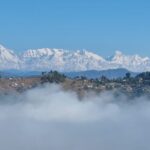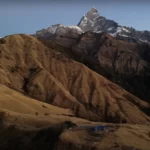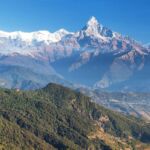Nepal is a cosmopolitan and diversified society with over a hundred different ethnic groupings. According to the census of 2021, there are a total of 125 castes in Nepal. Out of the bunch, one of Pokhara’s local indigenous groups, the “Gandharva,” is well-known as a performer across the whole of Nepal. A substantial shift has been seen in their lifestyle over the last 50 years. Many of the Gandharvas are transitioning from their traditional jobs to white-collared jobs. In the past, the Gandharvas used to perform in the streets of Pokhara; singing along with playing Sarangi and asking for donations were their traditional profession. As a result, it suffers a shift in numerous elements of life. However, improving one’s ability to play the Sarangi and handing down the tradition of playing sarangi has not been discontinued.
The Gaines (Performers of the Gandharva community) are found all over Nepal, primarily in the highland regions. Their population has tended to congregate in Pokhara throughout the years. In comparison to other Gaines, the Gaine community of Pokhara has a comparatively high level of community concern. They are intelligent, aware, and well-educated. The Gayak Tole of Batulechar in Pokhara is one of Nepal’s most popular Gaine communities. Batulechaur is home to 50 houses belonging to the Gandharva community with a total population of 375. In total, the Gandharva community compromises 14100 individuals out of which more than 50% (7300) are abroad in search of better jobs. Moreover, the majority of the Gandharvas are Hindus (approx. 97%) while the rest are Christians.
The Gandharva people were once thought to be untouchable; this was a time when people were assessed and treated based on their caste. Because of their mistreatment, the Gandharvas had no choice but to engage in low-paying jobs that were also difficult to do. In today’s world, this is a rather common trend. Government agencies, as well as NGOs, have undertaken various initiatives to improve their social and economic condition.
The terminological meaning of ‘Gandharva’ or ‘Gaines’ in Nepalese is ‘singer’, although there are fascinating anecdotes about the Gandharva people’s origins. According to Hindu mythology, the supreme originator of the world, Brahma, created four sages, one of them was Gandharva, and the Gandharvas are said to be the sage’s offspring. Some suggest that Gandharvas, were well-known musicians in Indra’s kingdom, the King of heaven. These individuals were meant to make a livelihood by performing songs and playing the sarangi and arbajo (traditional Nepalese instruments) because they were Gandharva’s bloodline.
Although Nepal is primarily an agricultural country, the people of the Gandharva community do not engage in any agricultural activities. Conventional urban professions, on the other side, have been displaced by emerging professions. For most of Pokhara’s population, commerce, tourism, hospitality services, transport, governmental jobs, entertainment, telecommunication, and education are quickly emerging ways to make money. Due to Pokhara’s rapid industrialization, historic professions of occupational castes are swapped and shifted, in contrast to transitioning from agricultural activities to other activities.
Currently, a sizable number of Gandharva people work as teachers, small company owners, government officials, and other common office professionals. The transfer is reasonable because official jobs provide far better financial support than their previous occupation. They are boosting their social status as a result of their improved economic situation. At the very least, they are no longer considered untouchables at work. Almost every household has at least one person working in the service industry, with only a handful remaining in their traditional jobs.
